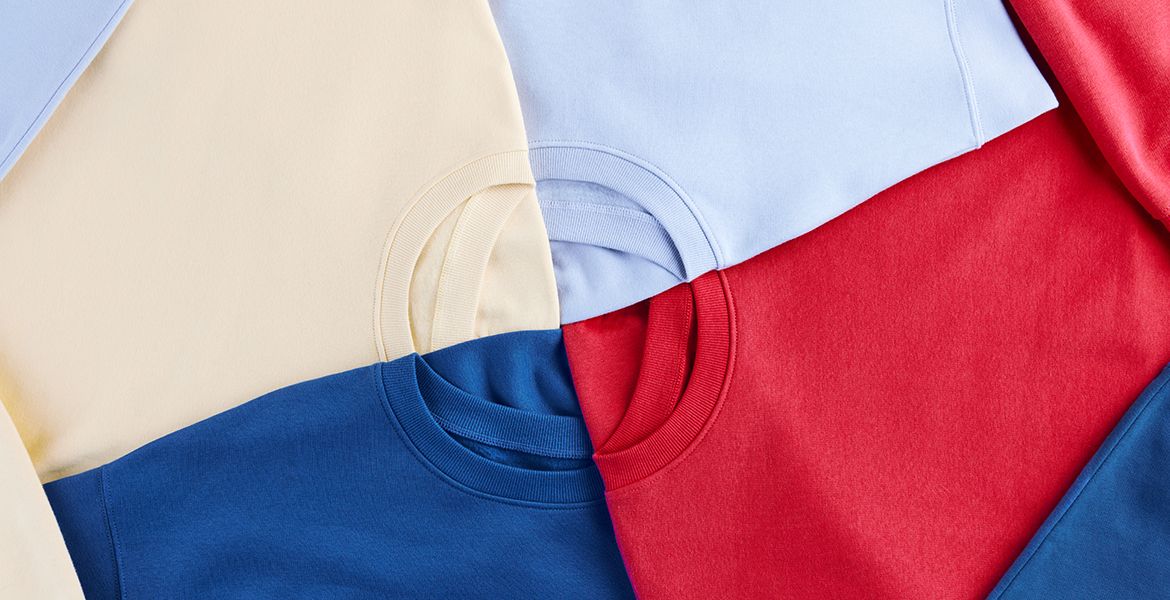What you can do
Read more about how you can have an impact.

With a growing population and unsustainable consumption patterns, we use up more natural resources than our planet can handle. The fashion industry depends on and consumes a lot of natural resources. To meet these challenges, resources need to be used in the best way and a circular approach to fashion is the only way to go.
We are at a turning point for our entire society and business as usual is now a major business risk. At Lindex, we believe the only way to go is a circular transformation of our business – where we create value, sales and growth while decreasing our climate impact, minimising our use of natural resources and impacting consumer behaviour to reduce overconsumption. This is not an easy task – it is definitely a journey. We need to reimagine the entire system and we need to test, learn, innovate and collaborate along the way.
To enable our transformation we work with several aspects of circularity – circular products, a circular supply chain and circular customer journeys.
Creating products that are designed for a long lifetime, made from recycled and regenerative materials and that can be reused, remade and recycled back into the system several times.
Build a supply chain that keeps products and materials in circulation and uses resource efficient production processes powered by renewable energy. Making sure that all operations are free of hazardous chemicals to ensure safe products and enable reuse and recycling of our products.
Increasing the use and prolonging the lifetime of our products by making it easier for our customer to care for, repair, reuse and recycle our products.
A circular approach to fashion is about resource efficiency at every stage, throughout a garment’s lifecycle. Using a garment for a long time, or passing it on to someone else that can reuse it, prolongs the lifetime of the garment and is the most resource efficient option. Recycling is the final step after the garment´s lifetime has been maximised, as it is more resource efficient compared to growing or producing new fibres and is key in a circular approach to fashion.
As a fashion company, we need to explore new circular ways of working and use our platform to impact consumer behaviour to reduce overconsumption. Because even if consumption in the end is in the hands of the consumer, we need to create the conditions that makes it possible for fashion to be more circular and conscious choices to be easy.
For example, using a garment for a long time is ultimately up to the consumer, but it depends on us offering products with great fit and quality. Reusing garment that has been loved by someone else is always the consumer’s choice, but it is a choice that is far easier if we offer second hand as part of our total offer. Choosing which brands to buy from is in the hands of the consumer – but we need to make sure that when choosing Lindex, our customers can feel confident that it is a good choice today and for the future.
As a fashion company, it is our responsibility to encourage and make it easier for our customers to be part of the change. For the past years, we have been exploring second hand as part of our circular transformation at Lindex. By offering the possibility to hand in clothes that are not being used anymore as well as the opportunity to buy preloved pieces, we can prolong the lifetime of our clothes together with our customers. It also gives a lot of valuable insights on how we can make even better products that last longer.
Second hand is a different kind of business model, which is why we are exploring, testing and learning along the way. Right now, we offer second hand for baby and kidswear in Sweden as well as womenswear in Norway. We are continuously working on developing this business to be able to scale and expand our second hand offer.